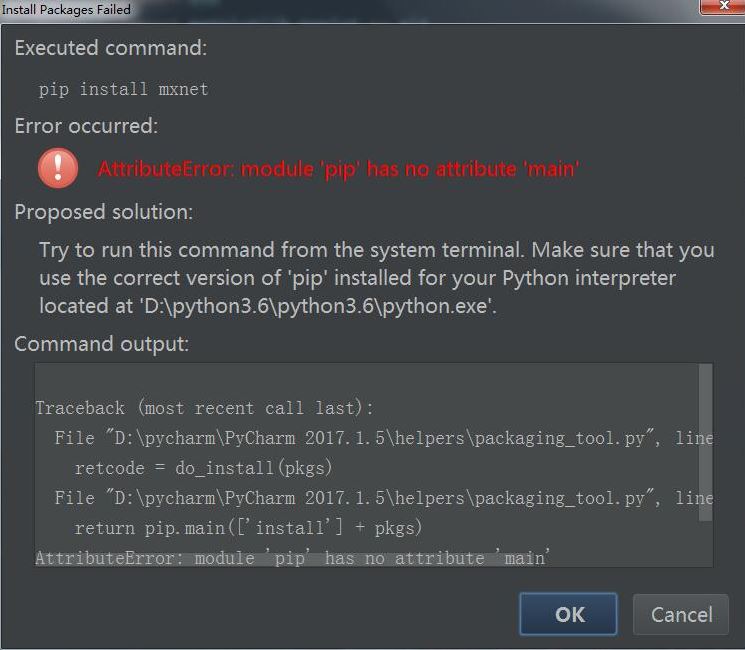浅谈tensorflow1.0 池化层(pooling)和全连接层(dense)
池化层定义在tensorflow/python/layers/pooling.py.
有最大值池化和均值池化。
1、tf.layers.max_pooling2d
max_pooling2d( inputs, pool_size, strides, padding='valid', data_format='channels_last', name=None )
- inputs: 进行池化的数据。
- pool_size: 池化的核大小(pool_height, pool_width),如[3,3]. 如果长宽相等,也可以直接设置为一个数,如pool_size=3.
- strides: 池化的滑动步长。可以设置为[1,1]这样的两个整数. 也可以直接设置为一个数,如strides=2
- padding: 边缘填充,'same' 和'valid‘选其一。默认为valid
- data_format: 输入数据格式,默认为channels_last ,即 (batch, height, width, channels),也可以设置为channels_first 对应 (batch, channels, height, width).
- name: 层的名字。
例:
pool1=tf.layers.max_pooling2d(inputs=x, pool_size=[2, 2], strides=2)
一般是放在卷积层之后,如:
conv=tf.layers.conv2d( inputs=x, filters=32, kernel_size=[5, 5], padding="same", activation=tf.nn.relu) pool=tf.layers.max_pooling2d(inputs=conv, pool_size=[2, 2], strides=2)
2.tf.layers.average_pooling2d
average_pooling2d( inputs, pool_size, strides, padding='valid', data_format='channels_last', name=None )
参数和前面的最大值池化一样。
全连接dense层定义在 tensorflow/python/layers/core.py.
3、tf.layers.dense
dense( inputs, units, activation=None, use_bias=True, kernel_initializer=None, bias_initializer=tf.zeros_initializer(), kernel_regularizer=None, bias_regularizer=None, activity_regularizer=None, trainable=True, name=None, reuse=None )
- inputs: 输入数据,2维tensor.
- units: 该层的神经单元结点数。
- activation: 激活函数.
- use_bias: Boolean型,是否使用偏置项.
- kernel_initializer: 卷积核的初始化器.
- bias_initializer: 偏置项的初始化器,默认初始化为0.
- kernel_regularizer: 卷积核化的正则化,可选.
- bias_regularizer: 偏置项的正则化,可选.
- activity_regularizer: 输出的正则化函数.
- trainable: Boolean型,表明该层的参数是否参与训练。如果为真则变量加入到图集合中 GraphKeys.TRAINABLE_VARIABLES (see tf.Variable).
- name: 层的名字.
- reuse: Boolean型, 是否重复使用参数.
全连接层执行操作 outputs = activation(inputs.kernel + bias)
如果执行结果不想进行激活操作,则设置activation=None。
例:
#全连接层 dense1 = tf.layers.dense(inputs=pool3, units=1024, activation=tf.nn.relu) dense2= tf.layers.dense(inputs=dense1, units=512, activation=tf.nn.relu) logits= tf.layers.dense(inputs=dense2, units=10, activation=None)
也可以对全连接层的参数进行正则化约束:
以上就是本文的全部内容,希望对大家的学习有所帮助,也希望大家多多支持【听图阁-专注于Python设计】。
